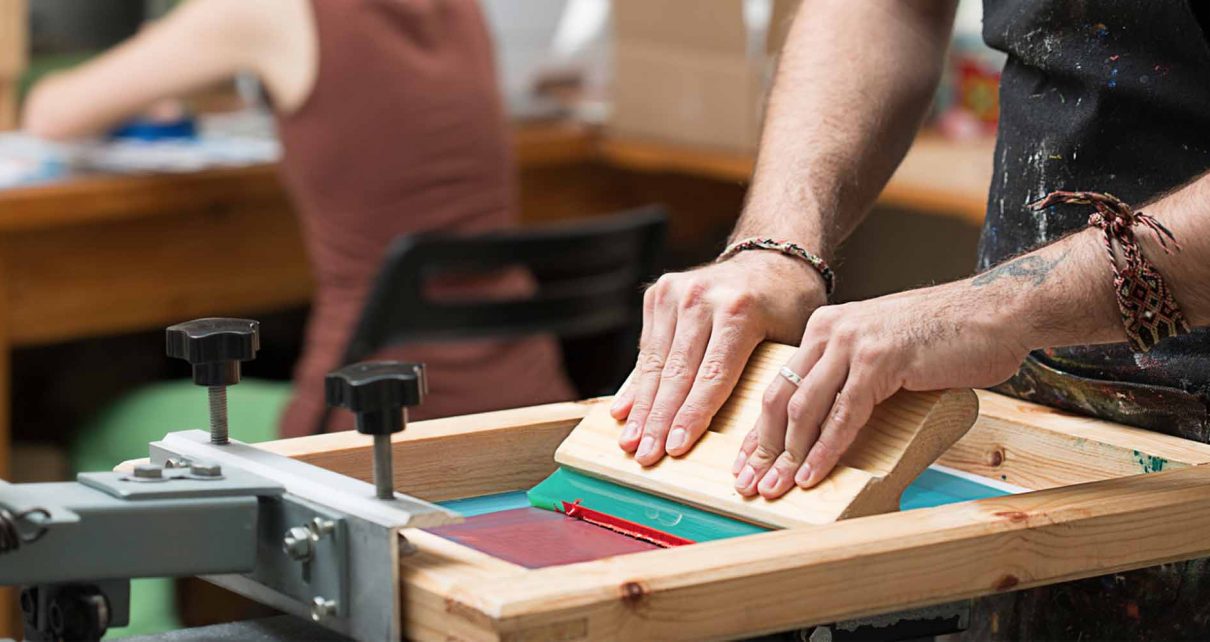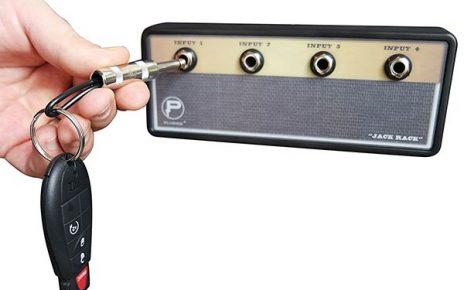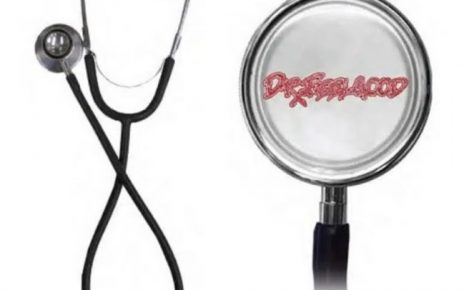When it comes to custom t-shirt printing, there is really no better or lesser method. It all depends on what type of shirt you want! Besides, every printing method has its pros and cons and you have to consider some factors before deciding which one to choose. I will first enumerate the factors you have to consider when choosing a printing method. After that, I will enumerate the custom t-shirt printing options you have to help you decide the best option for your t-shirt.
Without further ado, here are some factors to consider when choosing the custom t-shirt printing method for your merch:
#1 Type of Fabric and Shirt Color. The type of fabric you choose for your t-shirt can either enhance or ruin a t-shirt design. It also determines the quality of your t-shirt (aka “cheap” or “expensive-looking”). The same goes for the shirt color. Every custom t-shirt printing method has a favored type of fabric and color and it’s better to know them in advance so you can match them to the printing method. For example, you choose shirts made of polyester (choose this especially for sportswear), then it would be best to choose dye sublimation method since it is the best method for polyester t-shirts. And if you choose to print on dark-colored shirts it would be hard to use DTG technique because the ink is thin. Once you’ve chosen the fabric and color of your tees, you can narrow down your choices.
#2 Design Complexity and Size. This is another factor because different methods require different design complexity and size for it to be cost-effective and efficient. Some methods require the designs to be simpler with only a single color, some would be better used for complex designs with multiple colors. Let’s say you have designs that eat up a big space of your shirt and then you choose vinyl cutting as your method, then your shirts would be a waste for they will be stiff and less flexible. Or say you have a design that is rainbow-colored and is complex, then it would be best to choose DTG, plastisol transfer or inkjet iron transfer method.
#3 Production Time and Quantity. Some printing methods have speedy production time which makes them good for mass production, while some have slower production time that makes them better for small quantities only. An example of a method with speedy production time would be screen printing (if your design is not complex) and plastisol transfer. These would be good for last minute orders. And an example of methods with slower production time would be DTG (very understandable since designs are complex) and vinyl cutting (cutting the small designs would slow down the process). If you plan on having a mass production using these methods, it would be best to start at a much earlier time.
#4 Your Budget. T-shirt printing can be really costly especially if you choose the wrong method. An example would be having a 10-colored design printed using screen printing. This would give problems to both you and your printer because you will be charged for more than if you chose DTG as the printing method and your printer will have a hard time meeting your deadline, if you ever gave a deadline, because they will have to make multiple stencils for each color of your design (this is the reason of the charge up). Although screen printing can still be a bit costly because of its needed initial process. But it really is up to your chosen fabric and design and after that you can adjust your budget or, if you’re really low on money, you can maybe adjust the design.
Now that you’ve thought about the kind of fabric and shirt color you want, the number of shirts you need, the design, time and budget you have let me present to you six custom t-shirt printing methods that we offer:
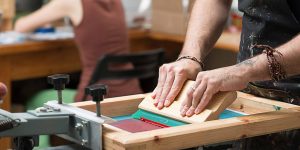
Screen Printing, also known as Silkscreen Printing, is the most common method used widely to print t-shirts. The process of screen printing is pretty simple. Your printer will use a stencil of your design, mesh, paint and squeegee. Before the actual printing, the mesh undergoes a pre-process. In this process the mesh, after letting the photo emulsion dry and attaching the stencil, will be put under the light for almost an hour which will dry the emulsion not covered by the stencil. After an hour your printer will brush off the undry emulsion and start printing on the shirt by putting paint above the stencil and spreading it with the use of the squeegee. And what’s amazing is that they can reuse the same mesh for another stencil, they just have to remove the emulsion by using a photo emulsion remover. Pretty simple right?
Why choose this custom t-shirt printing method: The good thing about screen printing is it guarantees high durability and high quality printing even if it does not cost much. Another thing is that it is best for printing in bulk, although it is best used for a maximum of 2 colors and is not good for complex designs. So if your design is simple (like logos and small texts) and has only 1-2 colors and your plan is to have a mass production of t-shirts with the same designs, then this is for you.
#2: INKJET/ LASER IRON ON TRANSFER or HEAT PRESS PRINTING
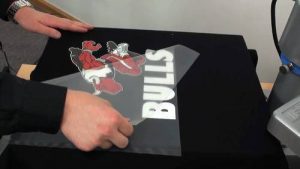
This kind of printing needs the use of transfer paper. In this process, your printer will print your design on the paper, put it side down on your t-shirt and apply heat and pressure using a flat iron to transfer the ink from the paper. You should also take note of the care and specification of your shirt whether it can endure the heat needed to be applied so that there will be no more complication for your printer.
Why choose this custom t-shirt printing method: It is economical when you want to print in small quantities. It is also best used with white or lighter shirts and are great with complex and multi-colored designs, although it is not very durable compared to screen printing, because the print may fade away or crack after being washed for a lot of times.
#3: DTG Printing Technique
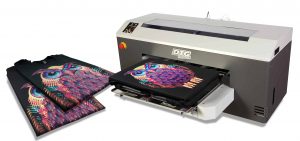
Direct to garment printing (DTG) is like printing things on normal paper. The computerized design is directly printed on the shirt, hence its name. It is commonly used for cotton blend t-shirts, and is better still with lighter rather than darker shirts. What’s great about this method is that it can print your design with 100+ colors and even print photos straight from the computer with great precision and color accuracy.
Why choose this custom t-shirt printing method: DTG’s downside is that it is also not as durable as screen printing because it may fade away after multiple washing. But it is great if you want to have complex designs (like your own artwork) or realistic designs (like a photo you’ve captured). And it is better used in printing a small number of t-shirts.
#4: DYE SUBLIMATION
This printing is best done on white 100% polyester t-shirts. It can also be done with 50% polyester blend and pre-treated fabrics but it would have different degrees of success. In this method the dye turns into vapor and it is then absorbed by the t-shirt. It will need light fabrics for printing like polyester because if you use cotton fabrics the print will eventually fade.
Why choose this custom t-shirt printing method: It is very good for large designs and very durable for 100% polyester t-shirts which looks like a DTG with a softer feel. If your chosen t-shirt is made of polyester and your design is large then this would be a great method to use.
#5: VINYL CUTTING
In this printing the cutting process is the main focus because after cutting the vinyl you can already print them using the heat press process. It is the best alternative for screen printing in mass production and durability and its advantage is that vinyls have a variety of colors available. However, it is a slow process because each design needs to be cut one by one and to add, it needs a special cutter, CAD cutter, to cut the vinyls which is costly. It also decreases the t-shirt’s flexibility making it stiff after the design is applied which is why it is better to use this method only with small designs.
Why choose this custom t-shirt printing method: If your designs are separated and are small in dimensions then vinyl cutting would be a good pick. And since a wide array of colors are available for vinyls you have the freedom to have any color you want to be printed on your shirt. And, it is also good for printing small quantities which will be a good thing if you’re not into mass producing shirts.
#6: PLASTISOL TRANSFERS
This is also called indirect screen printing. It utilizes high-quality heat transfer paper where your design is printed and transferred to your shirt with the use of a heat press machine. It is preferred by most people because the results are good and has a soft feel and is comparable to that of high quality screen printing. And compared to screen printing it requires lesser time.
Why choose this custom t-shirt printing method: If your design is a complex one with many colors but you still want to have almost the same durability of screen printing, then you can use this method. And if you are in a rush then it would be good to choose this since it has a quick production time and lesser it’s even lesser than screen printing.
And there you have it, folks. Good luck deciding on a printing method for your band shirt or promo tee.
If you want to inquire on our t-shirt printing and t-shirt packaging methods and shirts, click this link or email us directly: [email protected].
__________________________________________________________
James Hill is a veteran of the music industry. He first worked at Warner Reprise Records then later joined Interscope/ Geffen Records where he managed producers and songwriters and got his first platinum record for Keyshia Cole’s The Way It Is. He is now helping indie artists with branding and manufacturing through his company Unified Manufacturing, a CD/DVD/vinyl and merch company in LA.

